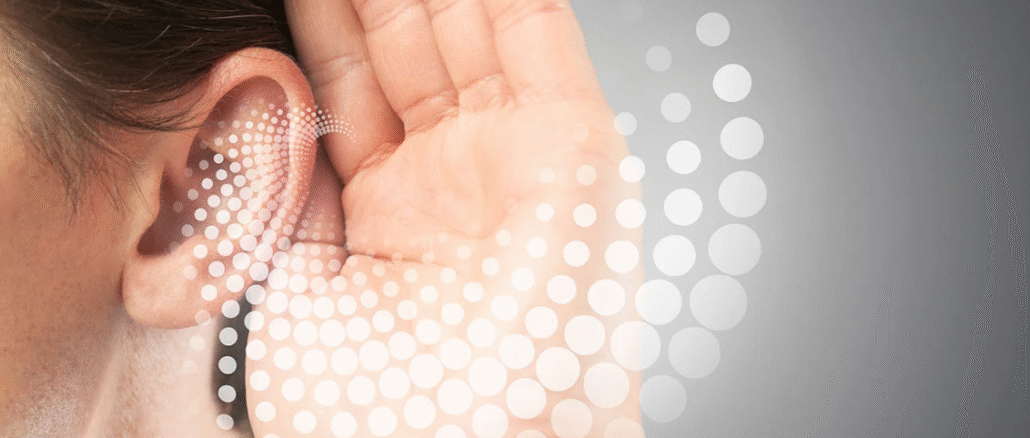
Not everyone has “normal” hearing, though most people do. For those who experience hearing loss, technology can offer significant relief. We’re talking about hearing aids, which have truly evolved from their simplest forms hundreds of years ago (like a trumpet-shaped device placed in the ear to “focus” desired sounds) to the sophisticated modern hearing aids we have today.
Today’s latest hearing aids, such as this Calgary hearing aid, feature digital technology to amplify and improve the quality of sound waves entering the user’s ear, no matter how faint. Current technology is so advanced that in many situations, users can hear almost as well as anyone with normal hearing.
What’s the First-Time User Experience Like?
For those new to hearing aids, some sounds might initially be “startling.” For example, the TV, the sound of a refrigerator closing, birds chirping, or even a clock ticking. They can sound surprisingly clear and loud. It typically takes a few days for the brain to adapt, but this adjustment period is completely normal.
The embedded digital technology also works to reduce background noise, often supported by dual microphones in situations where it’s hard to avoid a noisy environment.
Who Needs a Hearing Aid?
In many countries, approximately one-third of people over 65 experience some degree of hearing loss. The level of impairment varies, but it usually progresses through several stages. A common early symptom is often hearing “mumbling” when others speak. Of course, this perceived mumbling comes from the listener’s inability to clearly hear the people around them.
How to Choose a Good Hearing Aid
Essentially, choosing a hearing aid is similar to selecting any other product – you need to compare various aspects like features, quality, and price. However, here are some more specific guidelines you’ll find helpful:
- Understand the Variations: First and foremost, you should know that hearing aids vary in terms of capability, type, and price. It’s crucial to purchase based on your specific needs. For example, if your hearing loss is mild, you should opt for a “less powerful” hearing aid.
- Insist on a Trial Period: It’s important to confirm if a product comes with a trial period. This means asking if you can try it out, just in case it doesn’t meet your expectations and you need to explore other options.
- Prioritize Comfort and Discretion: Choose the type that you find most comfortable. If you prefer others not to know you’re wearing a hearing aid, the “Completely in the Canal” (CIC) model is ideal for you. Conversely, if your hearing loss is quite severe and you don’t mind the “appearance,” you should consider the “Behind the Ear” (BTE) type. Or, if you live in a noisy area and need focused hearing, the “Receiver in Canal” (RIC) type is often recommended.
- Align with Your Budget: Match the product to your budget. If you have mild hearing loss and don’t need something incredibly advanced and invisible, aiming for a product around $1,000 or less would likely be the best fit for you.
- Check for Warranty: Ensure your hearing aid comes with a clear warranty to protect against defects not caused by you.
By now, you should have a good understanding of the importance of hearing aids and the key points to consider when making a selection. We hope you found this brief article beneficial!


Be the first to comment